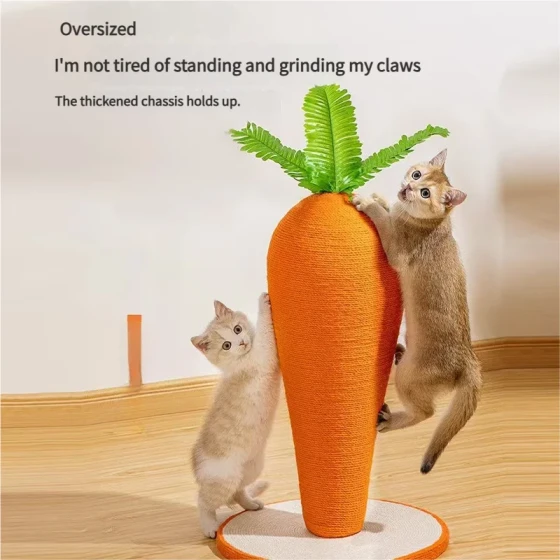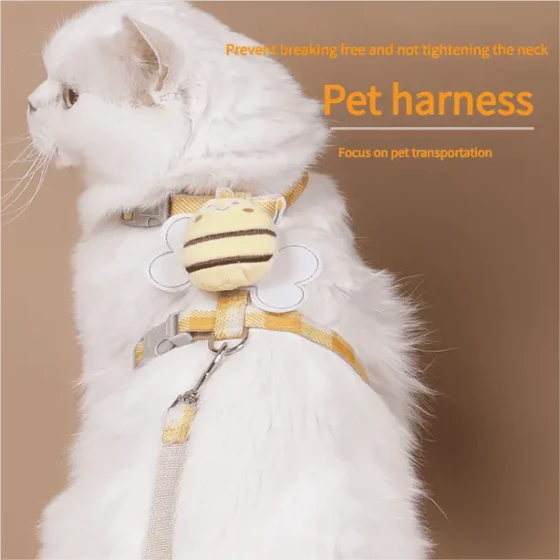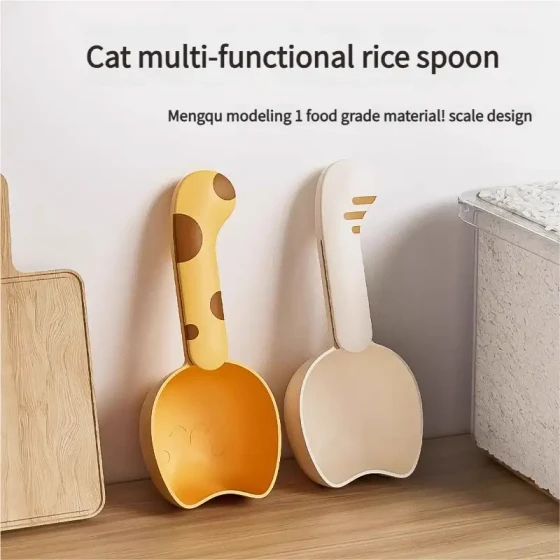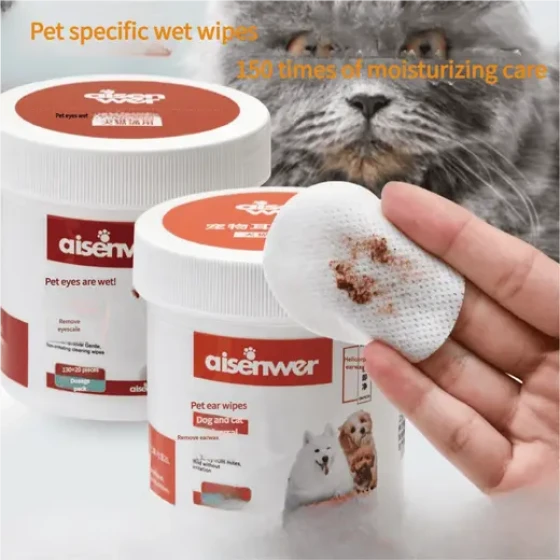Small Methods to Correct Cats Destroying Plants
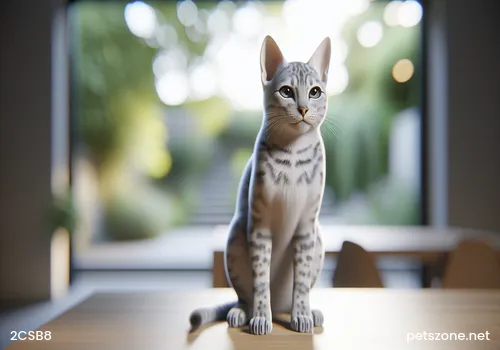
Domestic Cats
Cats are often very naughty; some owners’ spider plants, aloe vera, sensitive plants, and even cacti have not been spared. Small plants are pushed directly off windowsills, while larger ones are bitten or rolled on. In short, cats are definitely the natural enemies of household plants. Some plants, such as Dieffenbachia, are toxic, and if cats accidentally ingest them, it can be very dangerous. Therefore, allowing cats and plants to coexist peacefully is an important task for us owners.
For cats, jumping high, scratching claws, and chewing plants are all normal behaviors. However, after living with humans, these gestures are interpreted as destructive behaviors, which is somewhat unfair. The best solution is not to simply forbid it, but to provide appropriate alternatives to satisfy the cats’ needs.
Method One:
Hang plants as much as possible or use nets to block them. This can solve part of the plants’ survival issues.
Method Two:
Plant more cat grass: Actually, aside from being naughty, cats destroy plants because of hairball vomiting. Cats often need plant fibers to help induce vomiting. However, note that cat grass needs to be planted in soil, without fertilizers or pesticides. Nowadays, some cat grass is planted in crystal mud, but cat grass inside it not only smells bad but cats can easily ingest it by mistake. Therefore, do not plant cat grass hydroponically.
Method Three:
Spray lemon juice. Cats dislike the smell of lemon water, and spraying plants with lemon water can help plants escape the cats’ "claws."
Method Four:
It is well known that cats fear water, so every time a cat approaches a plant, spray the plant with a spray bottle. This will make the cat stay away.
Method Five:
Interact more with your cat, diverting its attention through toys and games. Animal behavior research shows that destructive ability is proportional to intelligence, so maybe we should be proud of the intelligence our pets possess!
